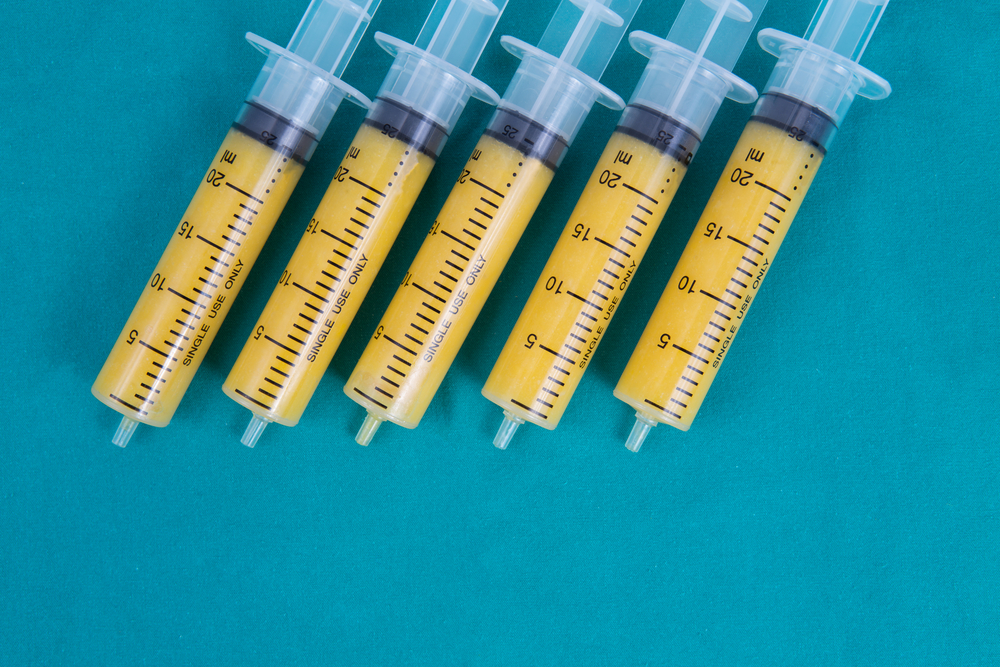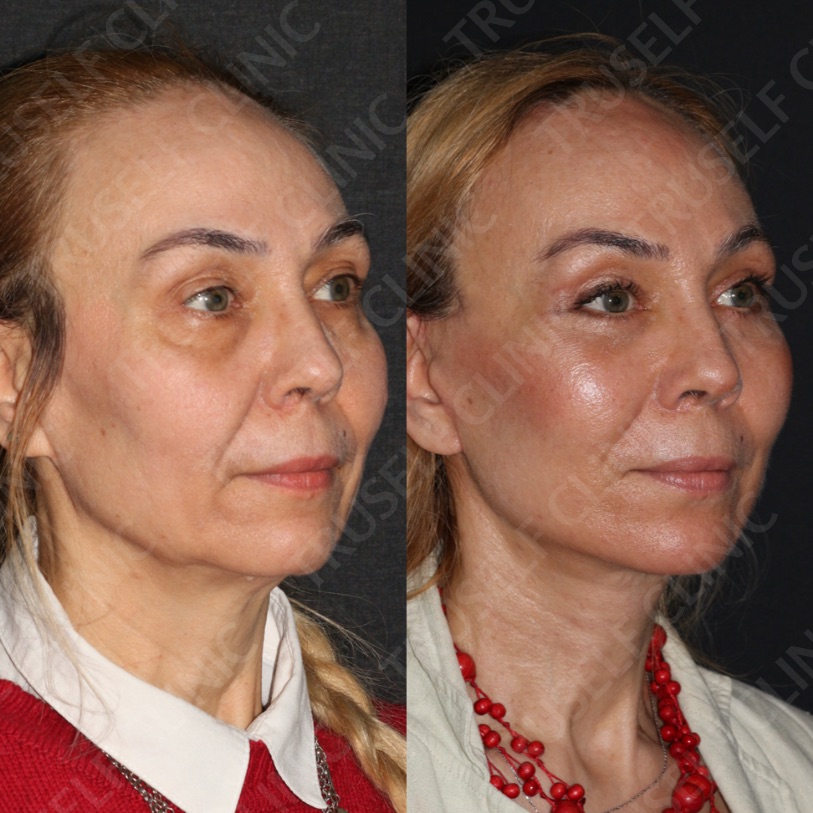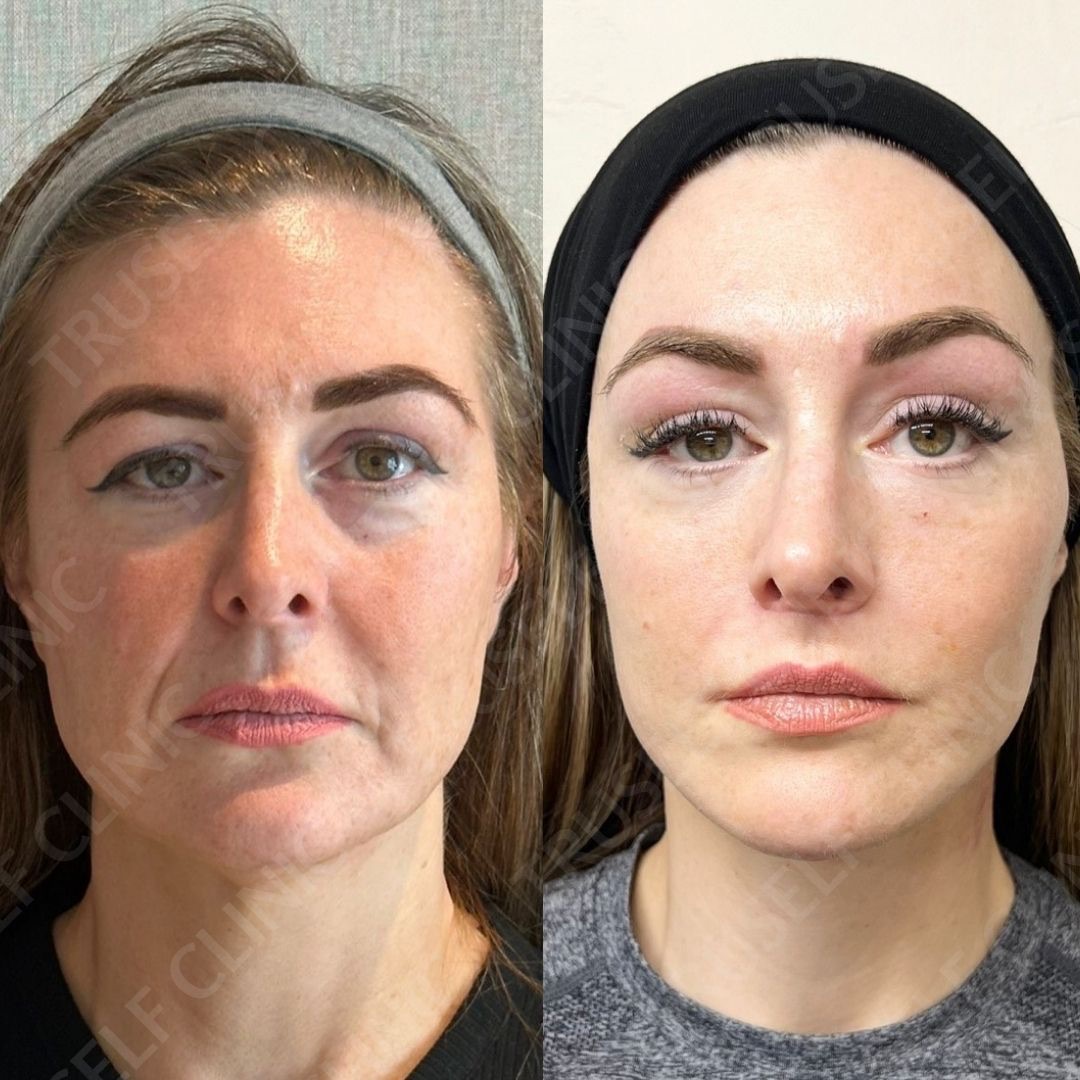Everything You Need to Know About Fat Grafting

Fat grafting, also known as fat transfer or fat injection, has become a popular procedure in the world of cosmetic surgery. This minimally invasive technique involves harvesting fat from one part of the body and injecting it into another area to add volume, improve contours, and enhance overall appearance. Whether you're looking to rejuvenate your face, enhance your breasts, or reshape your body, fat grafting offers a natural and effective solution. In this blog post, we'll explore the details of fat grafting, including its benefits, procedure, recovery, and potential risks.
What is Fat Grafting?
Fat grafting is a cosmetic procedure that uses a patient's own fat to add volume and improve the appearance of specific areas. The process involves three main steps:
- Harvesting: Fat is typically harvested from areas with excess fat, such as the abdomen, thighs, or flanks, using liposuction.
- Purification: The harvested fat is then purified to remove any impurities, blood, or oil, ensuring only healthy fat cells are used for the transfer.
- Injection: The purified fat is carefully injected into the target area in small amounts to achieve the desired volume and contour.
Benefits of Fat Grafting
- Natural Results: Since the procedure uses your own fat, the results look and feel natural. The transferred fat integrates with the surrounding tissues, providing a smooth and realistic appearance.
- Dual Benefit: Fat grafting offers a two-in-one benefit by contouring the donor area through liposuction and enhancing the target area with added volume.
- Minimal Allergic Reactions: As the procedure uses autologous fat (from your own body), there is minimal risk of allergic reactions or rejection.
- Long-Lasting Results: While not all transferred fat cells survive, a significant portion does, providing long-lasting results. The fat that successfully integrates remains in place permanently.
- Versatility: Fat grafting can be used in various areas of the body, including the face (for wrinkles and volume loss), breasts (for augmentation or reconstruction), buttocks (for enhancement), and hands (for rejuvenation).
The Fat Grafting Procedure
- Consultation: Your journey begins with a consultation with a qualified cosmetic surgeon. During this session, you'll discuss your goals, medical history, and the areas you wish to enhance.
- Harvesting: On the day of the procedure, the surgeon will harvest fat from the predetermined donor area using liposuction. This is usually done under local or general anesthesia, depending on the extent of the procedure.
- Purification: The harvested fat is then processed to purify and concentrate the healthy fat cells.
- Injection: The purified fat is carefully injected into the target area using fine cannulas. The surgeon will meticulously layer the fat to achieve a natural and symmetrical result.
- Recovery: After the procedure, you may experience swelling, bruising, and discomfort in both the donor and recipient areas. These symptoms typically subside within a few weeks.
Recovery and Aftercare
- Immediate Post-Procedure: You may need to wear compression garments to help reduce swelling and support the treated areas.
- Activity Restrictions: It's essential to avoid strenuous activities and exercise for a few weeks to allow the transferred fat to settle and integrate properly.
- Follow-Up Appointments: Regular follow-up appointments with your surgeon will ensure that your recovery is progressing well and address any concerns you may have.
- Final Results: While initial swelling may obscure the final results, you can expect to see the full benefits of fat grafting within a few months as the swelling subsides and the fat integrates with the surrounding tissues.
Potential Risks and Considerations
- Fat Absorption: Some of the transferred fat may be absorbed by the body, which can affect the final results. Multiple sessions may be necessary to achieve the desired outcome.
- Infection: As with any surgical procedure, there is a risk of infection. Proper aftercare and hygiene can help minimize this risk.
- Asymmetry: Achieving perfect symmetry can be challenging, and slight differences in volume or contour may occur.
- Bruising and Swelling: Temporary bruising and swelling are common but typically resolve within a few weeks.
Fat grafting offers a versatile and natural solution for enhancing your appearance and achieving your aesthetic goals. Whether you're looking to rejuvenate your face, enhance your curves, or restore volume, this procedure provides long-lasting and realistic results. By understanding the benefits, procedure, recovery, and potential risks, you can make an informed decision and enjoy the transformative effects of fat grafting. Consult with our qualified cosmetic surgeon to discuss your options.





